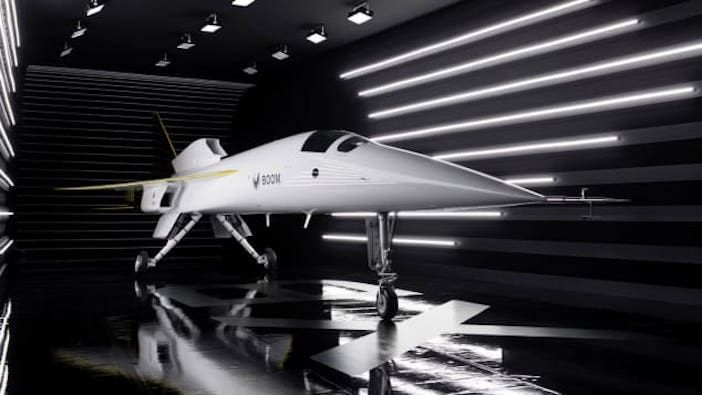The Federal Aviation Administration has published a new set of rules for testing supersonic aircraft in the USA, intended to simplify and clarify the process for companies developing such aircraft.
The updated rules, which took around two years to devise fall short of allowing civil supersonic flight over land. Instead, they streamline the regulations for flight testing supersonic aircraft while they are under development and for noise testing, when those noise criteria are eventually adopted
Technically, the final rule modifies the criteria for applying for a special flight authorization to fly at speeds over Mach 1 and moves the material about the criteria from an appendix to a regulation, to make it easier to find and understand.
The changes should streamline the flight-testing approvals process for companies such as Boom, Hemeus, Aerion and Spike Aerospace, which are developing supersonic aircraft and expect to reach the flight testing stage over the coming years at various points.
FAA Administrator Steve Dickson said, “The FAA supports the new development of supersonic aircraft as long as safety parameters are followed.
“The testing of supersonic aircraft at Mach 1 will only be conducted following consideration of any impact to the environment.”
US Transportation Secretary Elaine L. Chao said, “Today’s action is a significant step toward reintroducing civil supersonic flight and demonstrates the Department’s commitment to safe innovation.”
Apart from the regulations for testing, the DOT and FAA intend to take a global lead in devising new rules for the operation of supersonic aircraft. Initiatives have focused on the development of regulations around tolerable noise emissions from supersonic booms, which are being led by NASA in the USA and Airbus in Europe.
To learn more about the testing and development of international supersonic noise regulations read our feature article, first published in the print edition of Aerospace Testing International, here.





